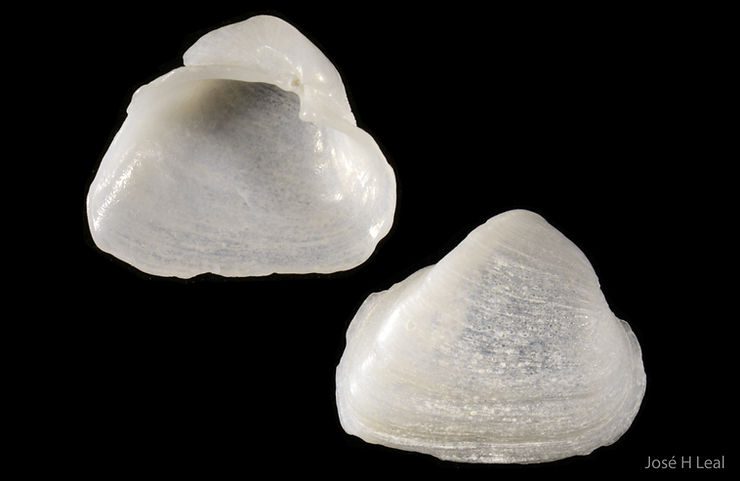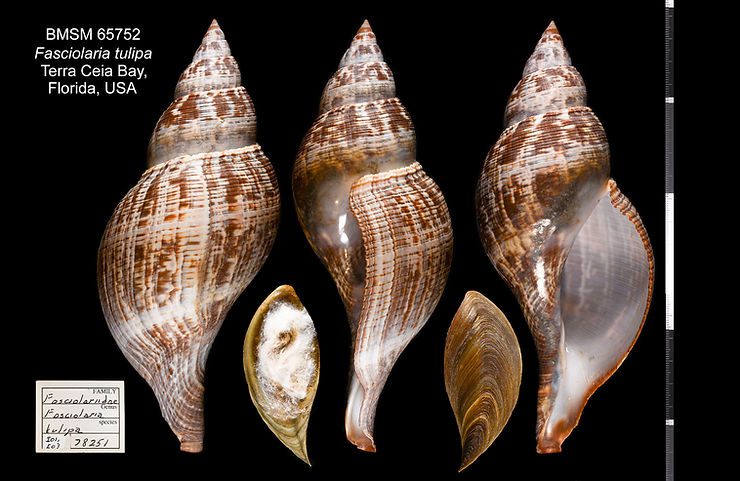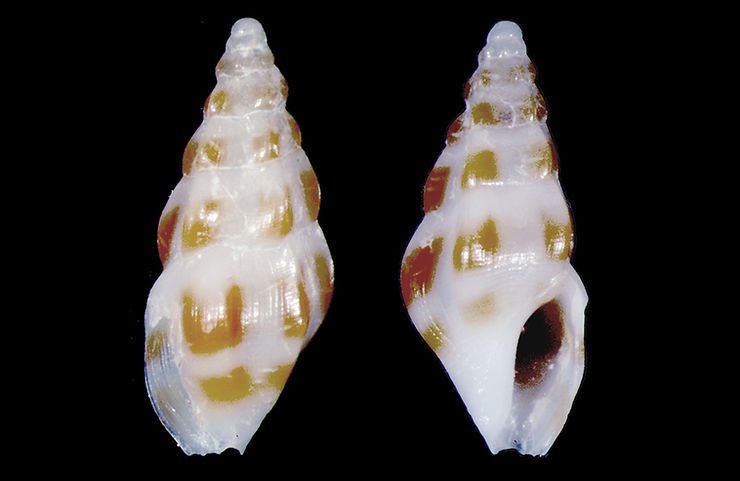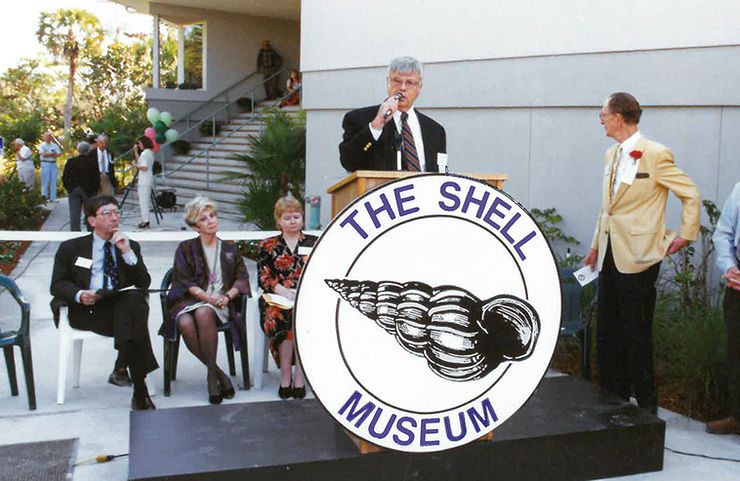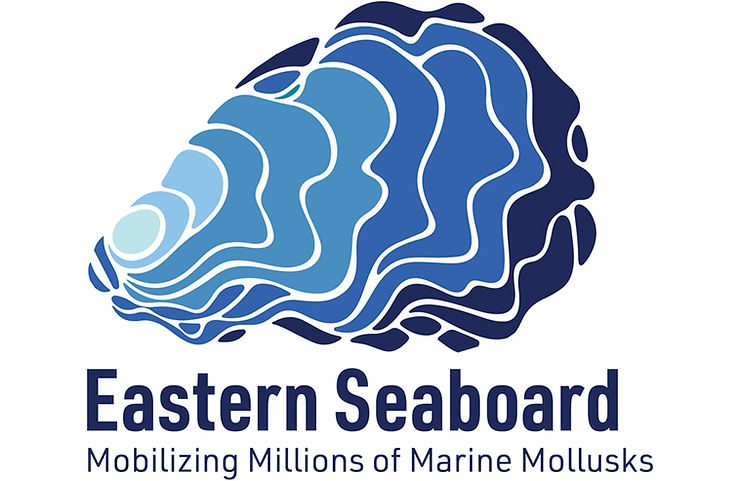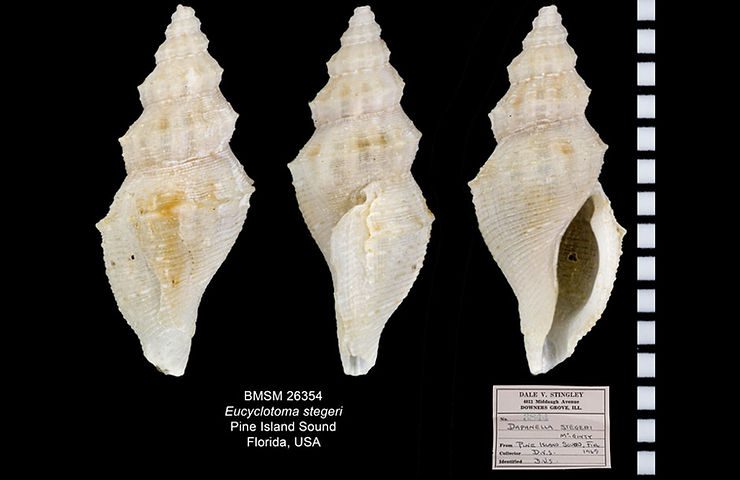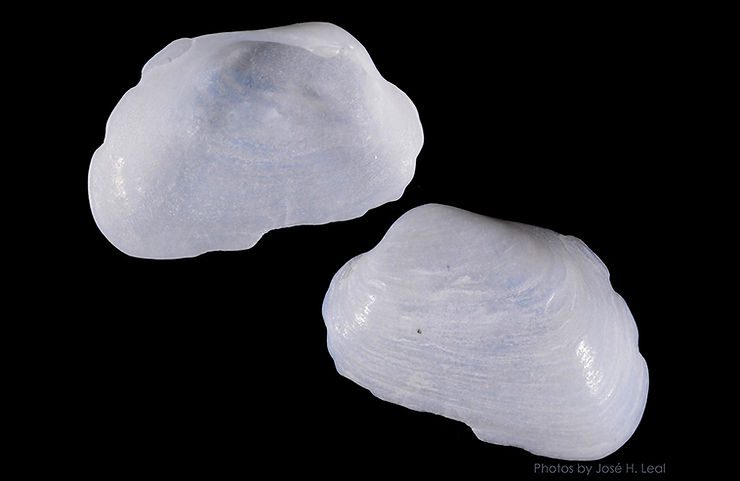
Shell of the Week: The Elliptical Sportella
Basterotia elliptica (Récluz, 1850) is one of the rarest species of bivalves in our area. The Museum collection only houses only one valve (half-shell) of the species! This nondescript “little white clam” grows to be around 10 mm (about 0.4 inches), and is very similar to its locally found, “sister” species, the Square Sportella (presented last week in this column.) The Elliptical Sportella, however, has a more elongate shell (not necessarily “elliptical’!) The slightly damaged valve illustrated

